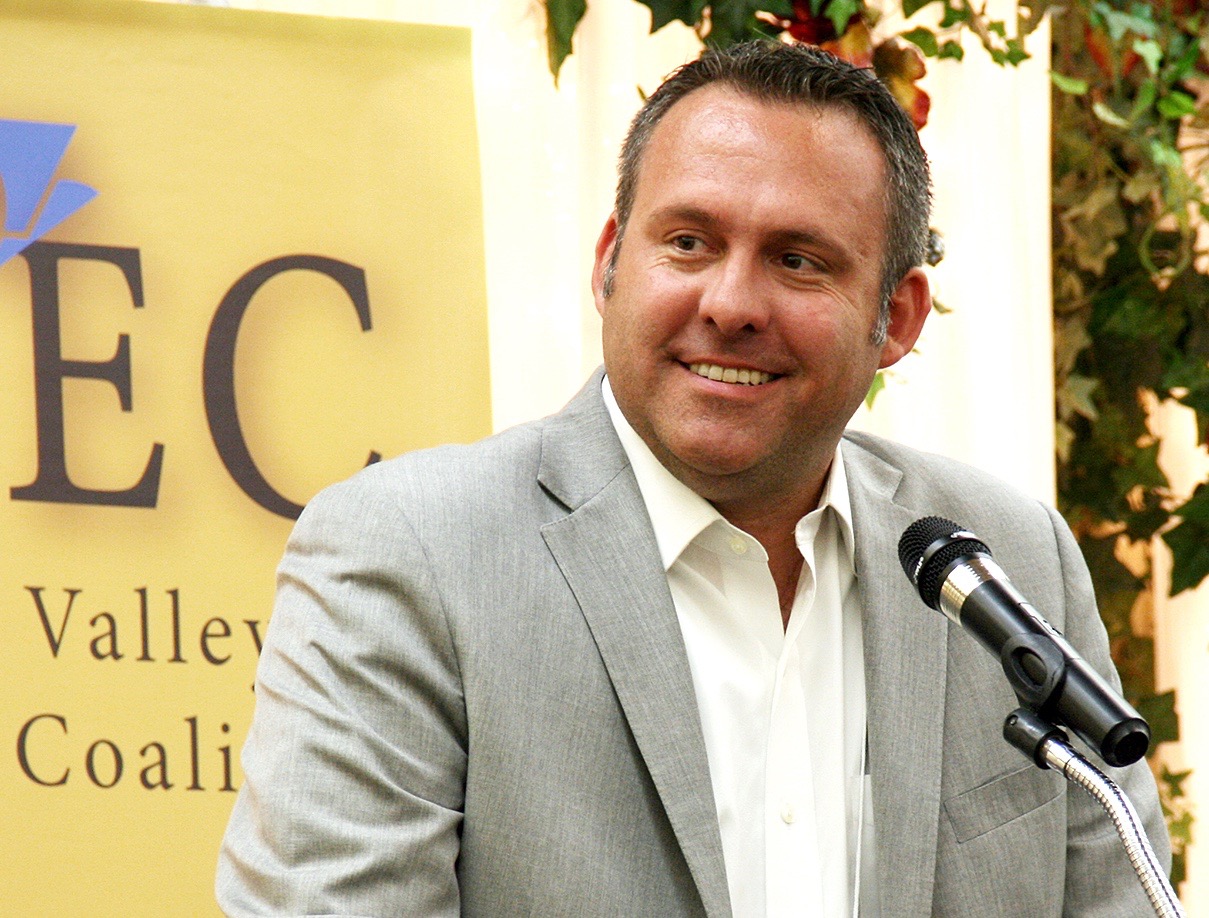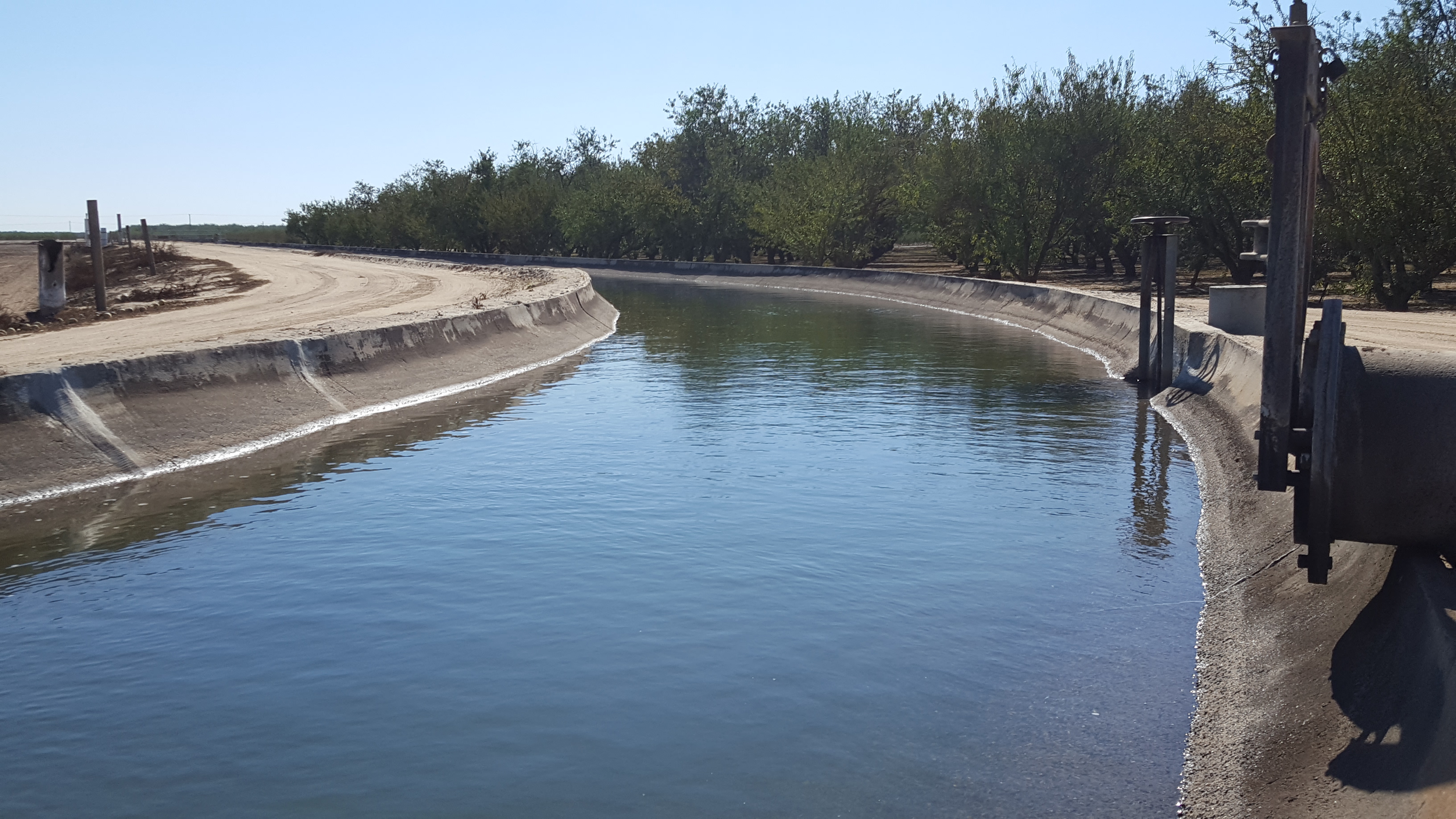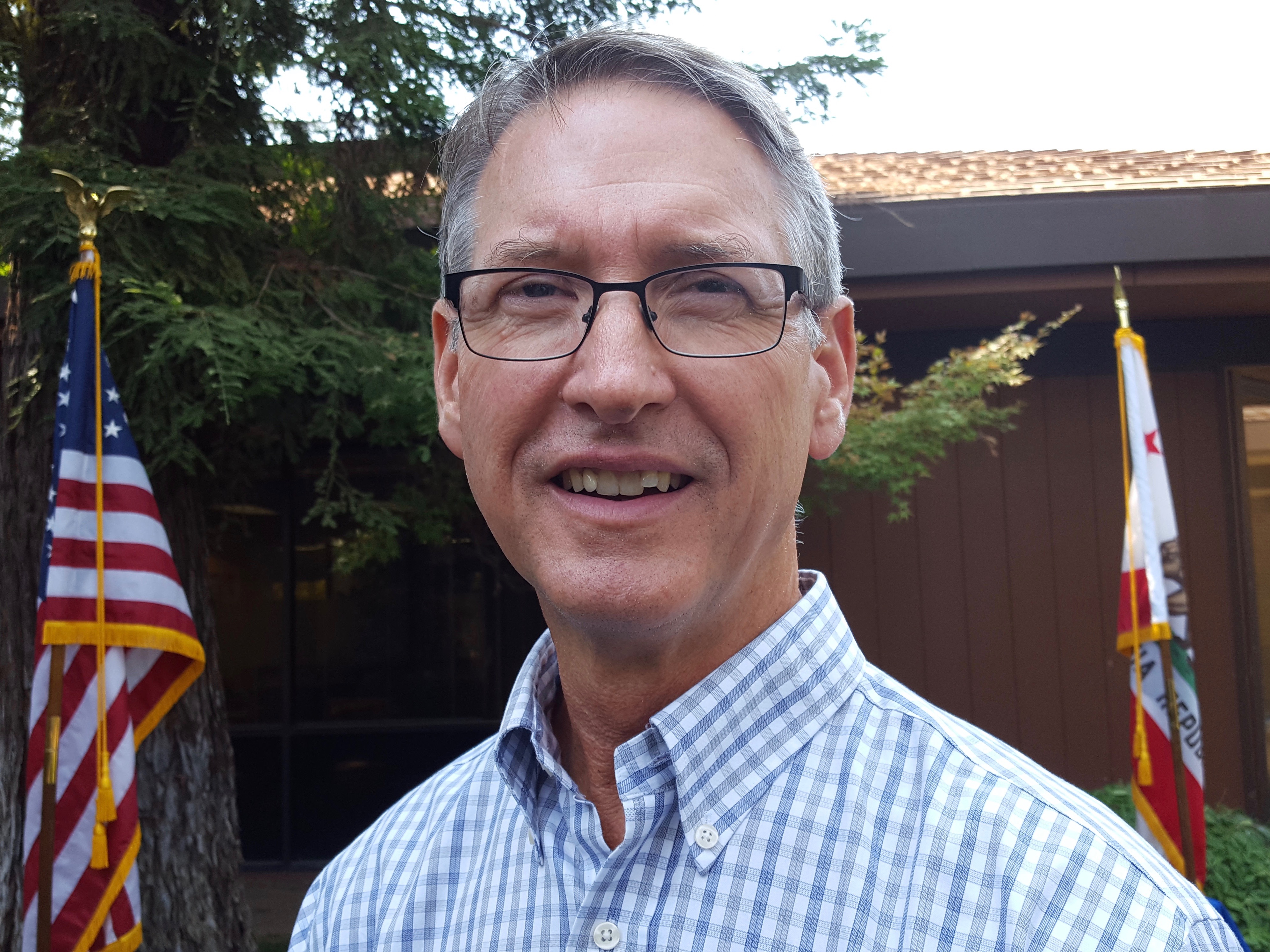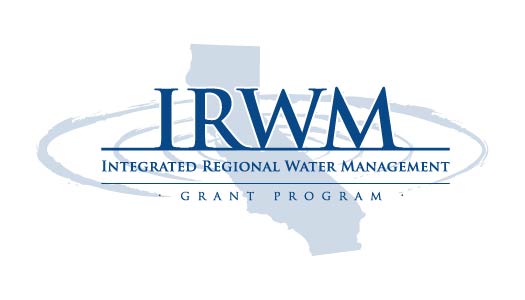Assemblyman Adam Gray Speaks Out on Water Grab
Water Board Must Understand the Impact of Taking Water from Farms and Communities
By Patrick Cavanaugh, Editor
At the recent Water Rally in Sacramento, more than 1000 farmers and other stakeholders were protesting the California Water Resources Control Board, which is proposing a water grab of 40 percent of the water from the Stanislaus, Tuolumne, and Merced Rivers to increase flows for salmon. According to Adam Gray —21st District State Assemblyman, representing Stanislaus and Merced—counties said that large losses would occur in jobs and profits if the water grab is implemented.
“This is thousands of jobs and billions of dollars of economic loss to agriculture, to California, and we can’t afford that,” Gray said. “Not to mention the impact on drinking water in communities. Most of the communities in my district are on well water, and what people don’t think about is when you take water away from farmers and that water doesn’t go back into the ground. That further depletes our groundwater and our aquifers, and it creates more subsidence and environmental issues.”
Gray said that this is not about the environment versus business, or fish versus people. This is about the whole community, the schools, the ag economy and a lot of job losses for the people he represents.
“It’s dishonest; the Water Board is not admitting that there’s going to be an impact in the affected areas. They say farmers are going to offset the water losses by pumping more. Well, you and I both know with the implementation of SGMA and all of the other challenges, that’s not a reality,” he said.
“So how about we sit down and come up with a water plan that takes everybody’s needs into consideration and again, I’m not an us versus them advocate,” he said. “Southern California needs water, the coast needs water, northern California needs water and the San Joaquin Valley needs water. How about we sit down and make a water infrastructure plan for the next hundred years that serves all Californians.”
Gray said the farming community will stand up for the investments made to secure water.
“We are not going to lie down. We’re not going to apologize for being a farming community,” he said. “We’re going to stand up; we’re going to defend the investments we’ve made and the long-term planning we did, and we’re going to ask the state to step up and do some of their own.”


























